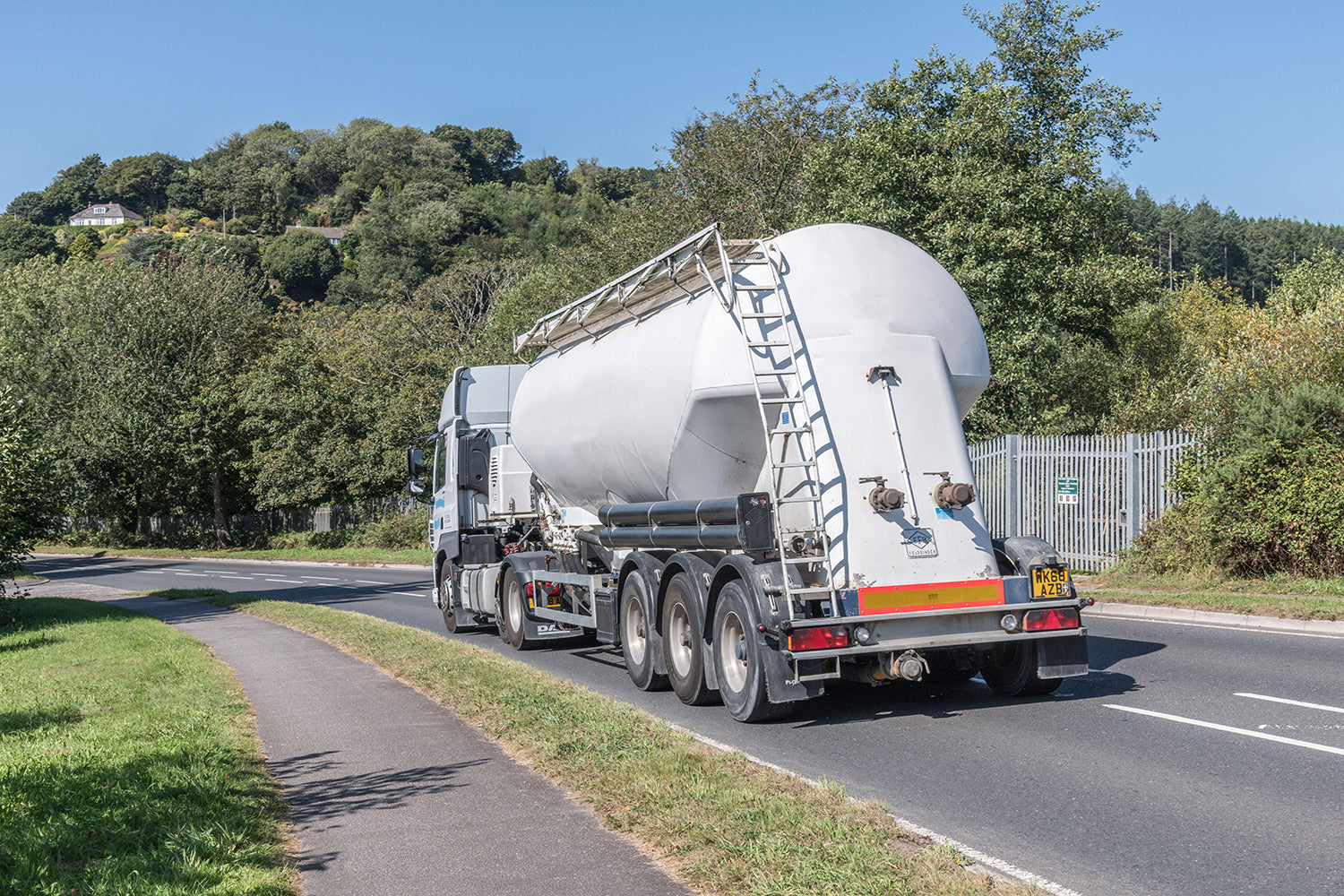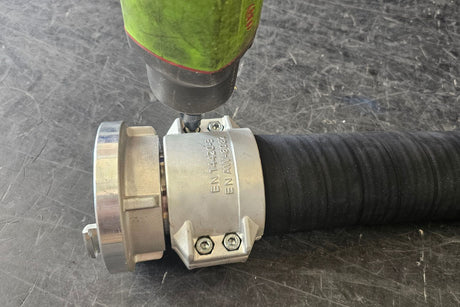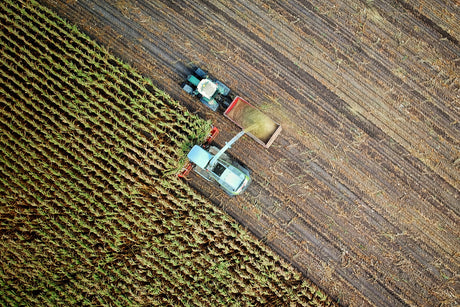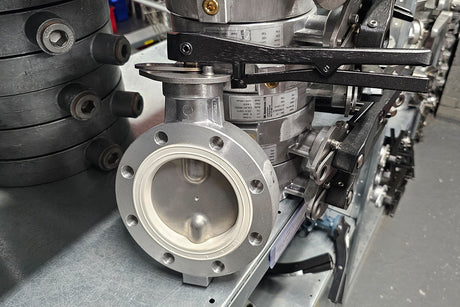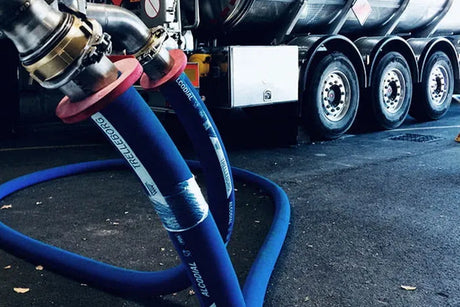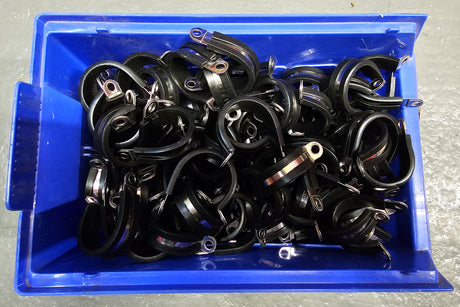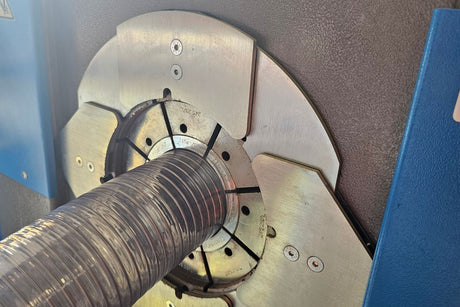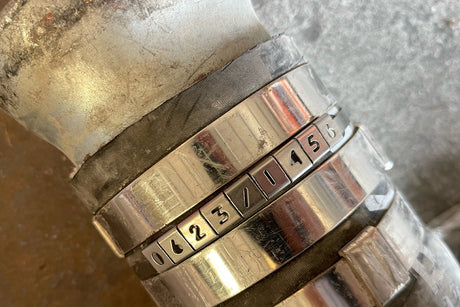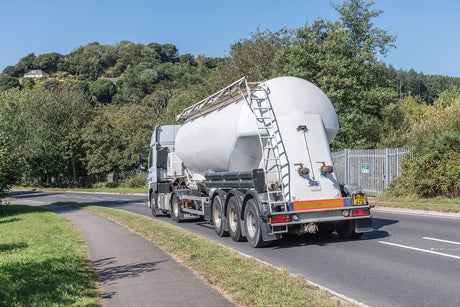Tanker hose carriers are indispensable components in the transport of bulk liquids, gases, or granular materials. These carriers not only provide a secure, convenient place to store hoses, but they also feature an array of accessories that enhance their functionality. Whether you're in the petroleum business, food industry, or chemical manufacturing, understanding the different aspects of tanker hose carriers—such as brackets, locks, keys, and doors—can help you make an informed decision. Let's delve into the intricacies of these carriers and discover why each part is critical.
Types of Tanker Hose Carriers
- Fixed Carriers: Fixed carriers are permanently installed on the tanker and are often robust, designed to withstand tough environmental conditions.
- Detachable Carriers: Detachable carriers can be removed and attached as per need, offering greater flexibility.
Key Components and Accessories
Brackets
- Purpose: Brackets provide the structural framework for holding the hoses securely in place during transit.
- Material: Typically made from corrosion-resistant metals like stainless steel or aluminum, ensuring longevity.
- Design: Varying designs are available, depending on the diameter and length of hoses they are intended to hold.
Locks
- Purpose: Locks secure the hoses, preventing theft or unauthorized access.
- Types: From padlocks to advanced electronic locking systems, a variety of locking options are available to suit different needs and budgets.
- Safety: High-quality locks offer additional safety measures, such as weather resistance and tamper alerts.
Keys
- Purpose: Used to unlock the hose carriers, providing authorized access.
- Types: Traditional metal keys, key cards, or digital access codes.
- Convenience: Master key systems can be employed to provide centralized access.
Doors
- Purpose: Doors protect the hoses from environmental elements like dust, rain, and heat.
- Material: Commonly made from the same material as the carrier itself, for uniformity and durability.
- Features: May come with seals for added protection against moisture and contaminants.
Additional Accessories
- Handles: For ease of operation.
- Identification Tags: To mark different hoses for specific applications.
- Ventilation Slots: To allow for air circulation, preventing mold or mildew.
Who Can Benefit from Tanker Hose Carriers?
- Oil & Gas Industry: The transport of petroleum products requires sturdy and secure hose carriers to minimize risks.
- Chemical Manufacturers: Transporting chemicals poses significant safety risks, making secure hose carriers with high-quality locks essential.
- Food and Beverage Industry: Hygiene is crucial when transporting foodstuffs, so carriers often feature easily-cleanable materials and special seals.
Choosing the Right Carrier and Accessories
- Consult Experts: Seek advice from professionals familiar with your industry.
- Prioritize Quality: Don't compromise on the quality of materials and locks.
- Think Long-Term: Investing in high-quality carriers and accessories saves money in the long run by reducing the need for replacements.
Conclusion
Tanker hose carriers are more than just storage compartments; they are carefully designed systems with various components aimed at enhancing the security, efficiency, and safety of transporting bulk materials. Whether you're interested in the type of bracket that best supports your hoses or the lock that provides optimum security, understanding these components can significantly improve your operations.

